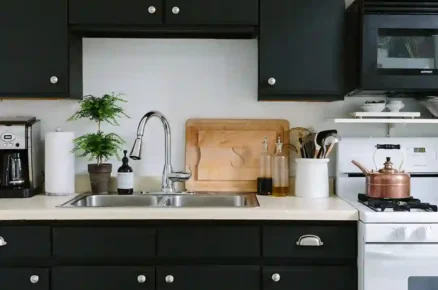There are a number of things to take into account when setting up a gym. Choosing the appropriate flooring is one of the most important factors. The right gym flooring not only provides a safe and comfortable surface for exercises but also enhances the overall aesthetics of the gym. In this article, we will guide you through everything you need to know about gym flooring, including types of gym flooring, their benefits, installation process, maintenance, and much more.
Types of Gym Flooring
Selecting the right type of gym flooring in Dubai depends on various factors such as the type of exercises being performed, the amount of foot traffic, and the budget. Some of the most commonly used gym flooring types are:
Rubber Flooring
Rubber flooring is the most popular gym flooring type due to its durability, slip-resistance, and shock-absorption properties. It is an ideal choice for weightlifting and cardio exercises.
Foam Flooring
Foam flooring is a softer flooring option that is best suited for low-impact activities such as yoga, pilates, and stretching. It provides a cushioning effect and is lightweight and easy to install.
Carpet Flooring
Carpet flooring is a cost-effective and comfortable flooring option that is perfect for light cardio exercises and stretching. Although it is more inexpensive, it is not as resilient as rubber flooring.
Vinyl Flooring
Vinyl flooring is a versatile and durable flooring option that is suitable for almost all types of exercises. It comes in a variety of patterns and colors and is simple to keep and clean.
Benefits of Gym Flooring
Choosing the right gym flooring not only provides a safe and comfortable workout environment but also has several other benefits, including:
- Protects the subfloor from damage
- Reduces noise and vibrations
- Provides slip-resistant surface
- Enhances the overall aesthetics of the gym
Installation Process
The installation process of gym flooring depends on the type of flooring being installed. Here are the general steps that are involved in the installation of most gym flooring types:
- Clean and prepare the subfloor
- Measure and cut the flooring according to the gym’s dimensions
- Install the flooring using the recommended adhesive or interlocking system
- Trim the excess flooring using a utility knife
Maintenance
Maintaining gym flooring is essential to ensure its longevity and safety.
Rubber Flooring
- Regularly sweep the flooring to get rid of dirt and debris.
- Clean the flooring using a mild detergent and water
Foam Flooring
- Regularly sweep the floor.
- Clean the flooring using a mild soap and water solution
Carpet Flooring
- Regularly vacuum the flooring to get rid of dirt and dust.
- Use a carpet cleaner to clean the flooring periodically
Vinyl Flooring
- Regularly sweep the floor.
- Clean the flooring using a pH-neutral cleaner and water
Cost of Gym Flooring
The cost of gym flooring varies depending on the type of flooring, thickness, and quality. Rubber flooring is the most expensive, than other types of flooring.
Common Gym Floor Mistakes to Avoid
When maintaining your gym floor, there are some common mistakes you should avoid. These mistakes can lead to damage or a decline in the flooring’s appearance. Here are some common gym floor mistakes to avoid:
- Using the wrong cleaning solutions for your specific gym flooring type.
- Using excessive water when cleaning the gym floor, which can cause water damage.
- Failing to repair damages promptly, which can lead to more significant issues down the road.
Conclusion
Selecting the right gym flooring is crucial for providing a safe and comfortable workout environment. Rubber flooring is the most popular option due to its durability and slip-resistance properties. Foam flooring is an excellent option for low-impact exercises, and vinyl flooring is versatile and easy to maintain. Maintaining gym flooring is essential to ensure its longevity and safety.











